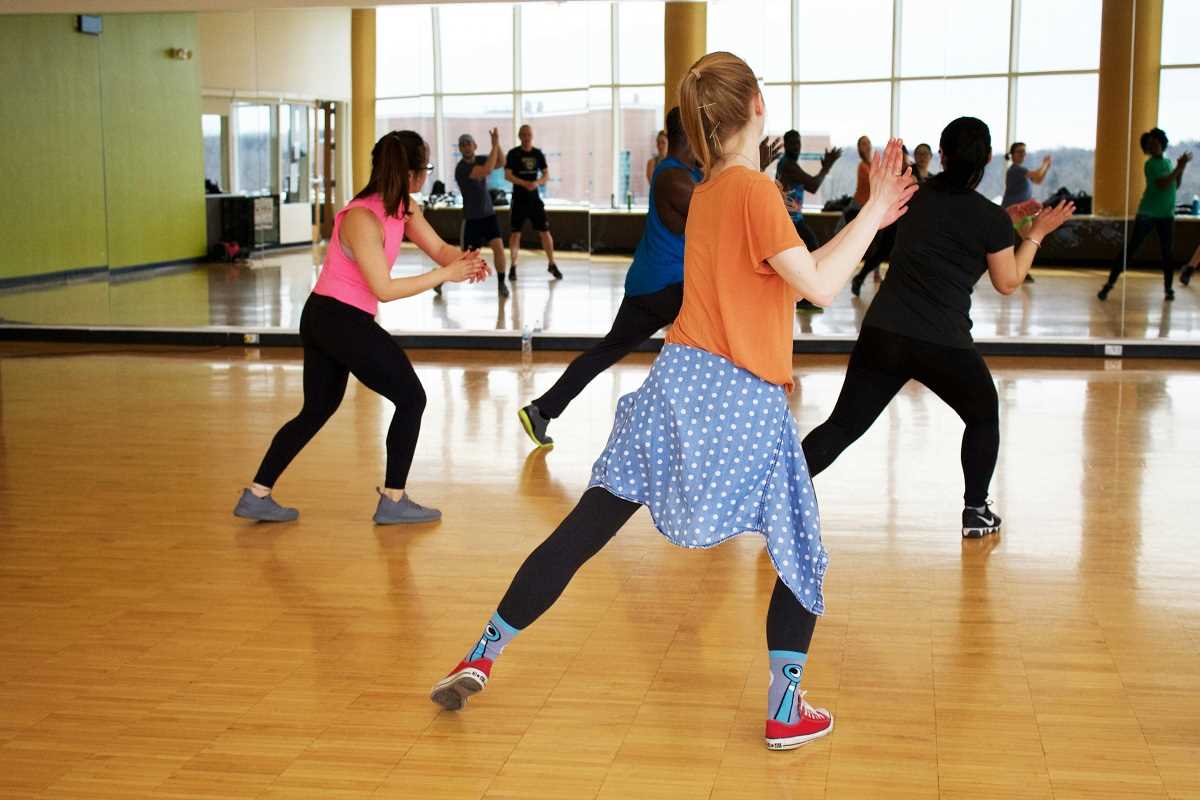When it comes to exercise trends, there’s always something new popping up. High-intensity interval training (HIIT) had its moment in the spotlight, yoga continues to be a favorite, and now, “Zone 2 training” is gaining attention for its potential to improve both fitness and heart health. Unlike workouts that leave you gasping for air and drenched in sweat, Zone 2 training is surprisingly approachable. It’s steady, it’s consistent, and it might just be the key to long-term cardiovascular health.
If you’ve heard whispers of this trending training method but aren’t quite sure what it is or how it works, you’re in the right place. This article will break down Zone 2 training into simple terms, explore its growing popularity, and explain why so many midlifers are making it a staple of their fitness routines.
What Exactly Is Zone 2 Training?
When we talk about "Zone 2," we’re referring to a specific range of heart rate during exercise. To really understand this, it helps to know that your heart rate can be divided into five different zones, ranging from Zone 1 (very light activity) to Zone 5 (maximum effort). Each zone has a specific effect on your body and serves different fitness goals.
Zone 2 is often called the “fat-burning” or “aerobic” zone. It’s characterized by moderate effort, typically around 60–70% of your maximum heart rate. For most people, this level of exertion feels comfortable, like going for a brisk walk, an easy jog, or a steady ride on a bike. You should be able to hold a conversation without gasping for air, but you’re still putting in enough effort to feel like you’re doing something productive.
The beauty of Zone 2 training lies in its balance. It’s not too easy, not too hard, but just right for promoting endurance and optimizing heart health over time.
How to Find Your Zone 2 Heart Rate
The easiest way to estimate your Zone 2 heart rate is to use the simple formula “220 minus your age” to calculate your maximum heart rate. From there, multiply that number by 0.6 and 0.7 to determine your Zone 2 range. For example, if you’re 45 years old, your maximum heart rate would be approximately 175 beats per minute (bpm), and your Zone 2 range would fall between 105 and 122 bpm.
Of course, everyone's body is different. If you want a more precise measurement, devices like heart rate monitors or fitness watches can help you track your beats per minute during workouts.
Why Zone 2 Training Is a Game-Changer for Your Heart
It’s no secret that regular exercise is good for your heart, but Zone 2 training takes things a step further by working with your cardiovascular system instead of pushing it to its limits. Here’s why Zone 2 training is gaining traction as one of the most effective ways to keep your heart healthy:
1. Improves Fat Metabolism
Your body uses two primary sources for energy during exercise: carbohydrates (sugar) and fat. When you’re working out in Zone 2, your body primarily burns fat for fuel. This not only enhances your endurance but also helps maintain healthy cholesterol levels and control blood sugar.
2. Strengthens the Heart Muscle
Your heart is a muscle, and like all muscles, it gets stronger with regular use. Zone 2 training helps your heart pump blood more efficiently, delivering oxygen throughout your body without overloading your cardiovascular system. Over time, this can lower your resting heart rate and reduce the strain on your heart during daily activities.
3. Enhances Mitochondrial Function
Mitochondria, often referred to as the “powerhouses” of your cells, play a crucial role in producing energy. Zone 2 training increases the size and efficiency of your mitochondria, improving your body’s ability to sustain effort for longer periods. This comes in handy not just in the gym but also for everyday tasks like climbing stairs or carrying groceries.
4. Reduces Stress on the Body
Unlike more intense forms of exercise, Zone 2 training is gentle on your joints and less likely to cause overtraining or injuries. This makes it an ideal choice for people in their middle years who might be looking for a sustainable and forgiving form of fitness.
How to Incorporate Zone 2 Training Into Your Routine
The best part about Zone 2 training? You don’t need fancy equipment or a gym membership to get started. With a few adjustments, you can incorporate it into almost any type of physical activity. Here’s how:
Start with Walking or Cycling
For beginners, a brisk walk or easy bike ride is a great way to hit Zone 2. Keep an eye on your heart rate, and aim to stay within your target range. If you don’t have a heart rate monitor, use the “talk test”: if you can chat but can’t easily sing, you’re probably in Zone 2.
Include It in Your Weekly Plan
Experts recommend spending at least 150 minutes per week in Zone 2. This could look like five 30-minute sessions or a couple of longer sessions spread throughout the week. Whatever works best for your schedule!
Mix It Up
While steady-state cardio is a popular choice for Zone 2 training, don’t be afraid to experiment. Swimming, rowing, or even hiking can fit the bill as long as you’re maintaining a moderate intensity.
Use Technology to Stay on Track
Many fitness watches and apps now feature heart rate tracking that can help you monitor your Zone 2 progress in real time. These tools make it easy to adjust your pace and effort to stay within your target range.
The Buzz Around Zone 2 Training
You might be wondering why Zone 2 training has become such a hot topic lately. Part of its appeal lies in its accessibility. You don’t need to be a seasoned athlete or in peak physical condition to benefit from it. Whether you’re a marathon runner or someone just getting back into fitness after years of inactivity, Zone 2 offers results without the intimidation factor.
Another reason for its rise in popularity is growing awareness about the importance of longevity. Many people in their 40s and 50s are looking for ways to stay active and healthy for as long as possible, and Zone 2 training provides a sustainable solution. It’s not about burning yourself out in the short term but building a solid foundation for long-term health.
Is Zone 2 Training Enough?
While Zone 2 training is fantastic for your heart and overall well-being, it’s just one piece of the puzzle. Experts suggest that a well-rounded fitness routine should also include strength training, flexibility exercises, and occasionally higher-intensity efforts. These activities target different aspects of health, from building muscle to improving bone density.
Think of Zone 2 training as the anchor of your workout routine. It lays the groundwork for cardiovascular fitness while leaving you with enough energy to enjoy other forms of exercise.
Zone 2 Training and Mental Health
Beyond its physical benefits, Zone 2 training has a positive impact on mental well-being. The moderate-intensity level makes it a perfect opportunity for “active meditation.” It’s not so intense that you need to hyper-focus, but it’s engaging enough to keep your mind present. Many people find it clears their head, reduces stress, and leaves them feeling rejuvenated.
Zone 2 training is more than a fitness trend; it’s a heart-smart, sustainable way to stay active and healthy. Its benefits for cardiovascular health, fat metabolism, and mitochondrial function make it a standout choice for anyone looking to improve their well-being without putting undue stress on their body. Whether you’re new to exercise or a seasoned fitness enthusiast, Zone 2 training offers something for everyone.
If you haven’t tried it yet, consider incorporating a few Zone 2 sessions into your routine. It might just become your favorite way to move. After all, staying healthy doesn’t have to leave you out of breath.
 (Image via
(Image via
.jpg)




